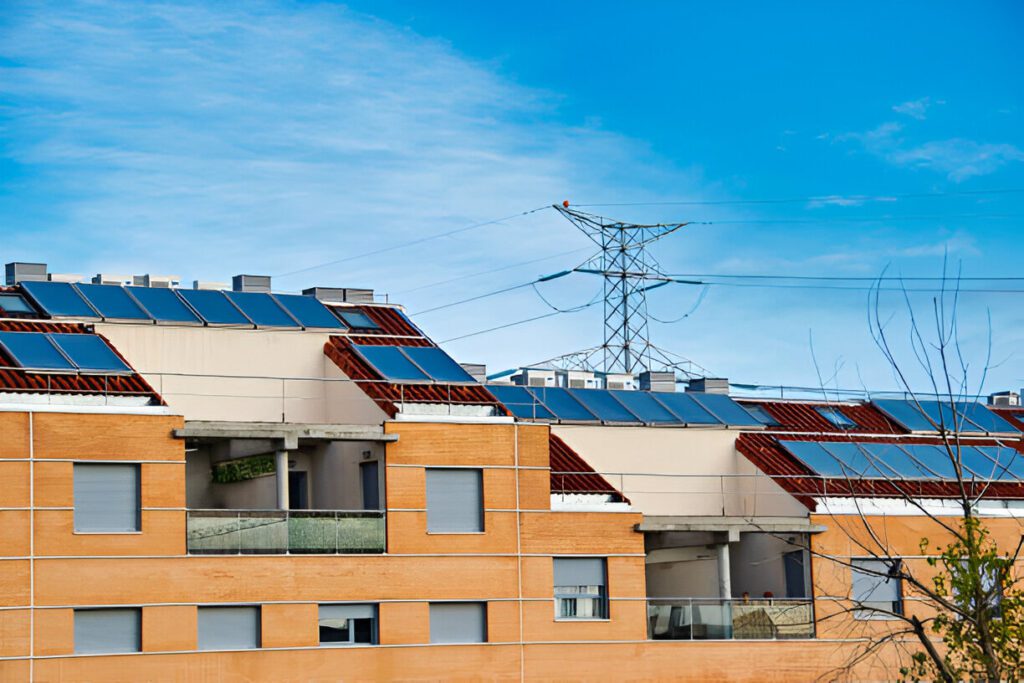Welcome to my Saim Tech blog! Today, we’ll dive into the world of popular homesteading techniques, exploring how these valuable techniques can lead you toward a more sustainable and self-sufficient life. Whether you’re looking to reduce your environmental footprint or take more control over your food and energy, these techniques will help you build a thriving homestead.

Understanding Homesteading
What is Homesteading?
Homesteading is the practice of self-sufficiency, where individuals or families work to grow their own food, raise animals, and reduce their dependence on outside sources for essential goods and services. In its most traditional form, homesteading is about creating a lifestyle that is sustainable, rooted in the land, and independent of modern consumerism.
Benefits of Homesteading
The benefits of homesteading are numerous. It promotes a healthier, more environmentally conscious lifestyle by reducing waste and encouraging sustainable living practices. Financially, homesteading can save money by growing your own food, raising livestock, and using renewable energy sources. On a personal level, it can provide a sense of fulfillment and connection to nature, fostering a deeper understanding of how food, energy, and resources are produced.
Key Homesteading Techniques
Gardening for Food Production
A central technique in homesteading is gardening. This allows you to grow a variety of fruits, vegetables, and herbs right in your backyard. Key methods include crop rotation, companion planting, and raised bed gardening, which all help maximize yield and reduce pests. Gardening not only provides fresh produce but also encourages healthy eating and a deeper connection to where your food comes from.
Livestock Management
Raising livestock is another essential technique in homesteading. Poultry like chickens, livestock like goats and none livestock like bees are some of the most preferred units that homesteaders take with the aim of diversification in food production.Livestock management requires time and knowledge, but it can significantly contribute to your homesteading goals.
Food Preservation
Once you’ve harvested your crops or raised animals, it’s important to preserve the bounty. Techniques like canning, drying, and fermenting allow you to store food for the off-season. Canning preserves fruits, vegetables, and meats, while drying is great for herbs, fruits, and fish. Fermentation, on the other hand, not only helps preserve food but can also improve its nutritional value (think of homemade sauerkraut or pickles!).
DIY and Handcrafted Skills
Homesteading is also about developing valuable skills. Learning how to make your own soap, candles, and even furniture can significantly reduce reliance on store-bought goods. DIY skills like carpentry, sewing, and creating home remedies are invaluable for a self-sufficient lifestyle and can save you money over time.
Renewable Energy Usage
Sustainability goes beyond food and lifestyle—it extends to energy. Utilizing renewable energy sources such as solar panels, wind turbines, and hydroelectric systems can help reduce your dependency on traditional power grids. These energy sources can power your home, reduce utility bills, and decrease your overall environmental impact.
Planning Your Homestead
Choosing the Right Location
Location is key when starting a homestead. Factors like climate, soil quality, access to water, and local regulations should all be taken into account. A good location will support your gardening, livestock, and energy needs. Whether you’re choosing a rural property or creating an urban homestead, choosing the right place is the first step to successful homesteading.
Budgeting for Homesteading
Homesteading can be expensive at first, so creating a solid budget is essential. Prioritize your spending by focusing on the most necessary aspects, such as acquiring land, building shelters for animals, and purchasing tools for gardening. Over time, homesteading can become more cost-effective as you reduce your reliance on outside sources.
Setting Realistic Goals
Starting a homestead can be overwhelming, so it’s important to set achievable goals. Begin with small projects, like creating a vegetable garden or raising a few chickens, and gradually scale up as you gain more experience. Setting clear, realistic goals will ensure that you stay on track and avoid burnout.
Challenges in Homesteading and How to Overcome Them
Dealing with Limited Space
Not everyone has access to a large rural property for homesteading. However, urban homesteading can be just as rewarding. Growing food in small spaces, such as container gardens or vertical gardens, is a great way to make the most of limited space. You can also consider raising small animals like rabbits or chickens if your local regulations allow.
Managing Time Effectively
Homesteading requires a significant time commitment, and balancing it with other responsibilities can be challenging. Start by creating a schedule that balances homesteading tasks with your day-to-day responsibilities. Setting aside specific times for gardening, animal care, and maintenance will help keep your homestead running smoothly.
Overcoming Skill Gaps
To homestead you need to be able to skill in agriculture, animal husbandry and carpentry among others. Don’t be a quitter because you don’t possess some of these skills. Which brings us to the obvious point that these are numerous books and online courses available, plus groups of people who live by homesteading. As they say, practice is the key, just take it slow.

Resources to Get Started
Books and Online Guides
A wealth of information is available for those starting their homesteading journey. Books like The Encyclopedia of Country Living and The Backyard Homestead are invaluable resources. Online platforms, including blogs and YouTube channels, also offer step-by-step guides on various homesteading topics.
Community Support and Workshops
Homesteading can be a solitary endeavor, but you don’t have to do it alone. Joining local homesteading groups or attending workshops can provide valuable hands-on experience and support from like-minded individuals. Connecting with others who share your passion for sustainability can make your homesteading journey much more enjoyable and successful.
Conclusion
In conclusion, adopting homesteading techniques is a rewarding way to embrace a self-sufficient lifestyle. Whether you’re growing your own food, raising livestock, or generating your own energy, homesteading empowers you to live more sustainably. Start small, set realistic goals, and gradually expand your skills and resources. Remember, the journey to self-sufficiency is a marathon, not a sprint.

